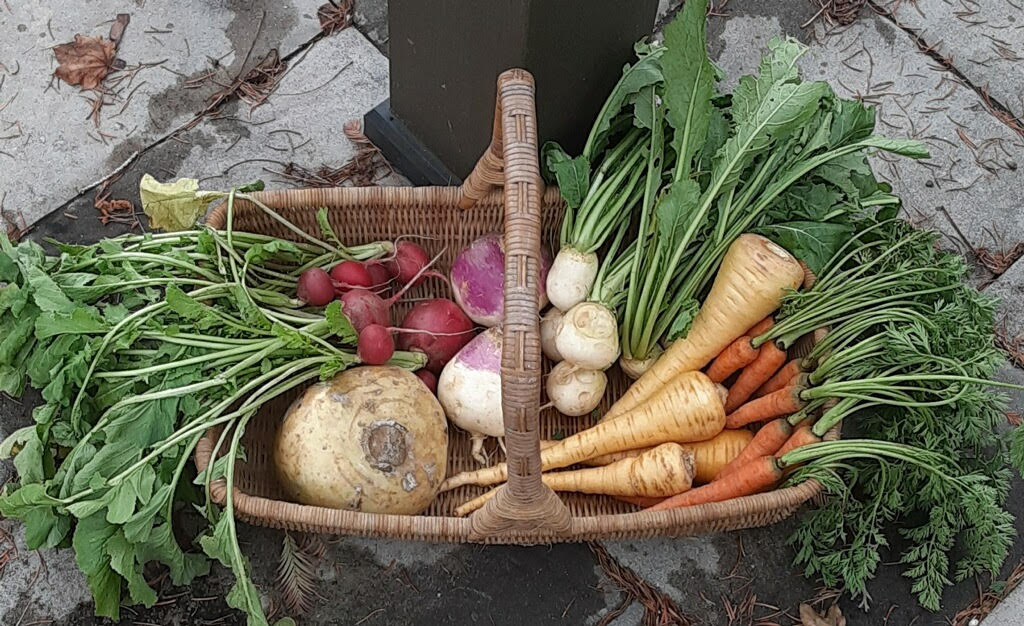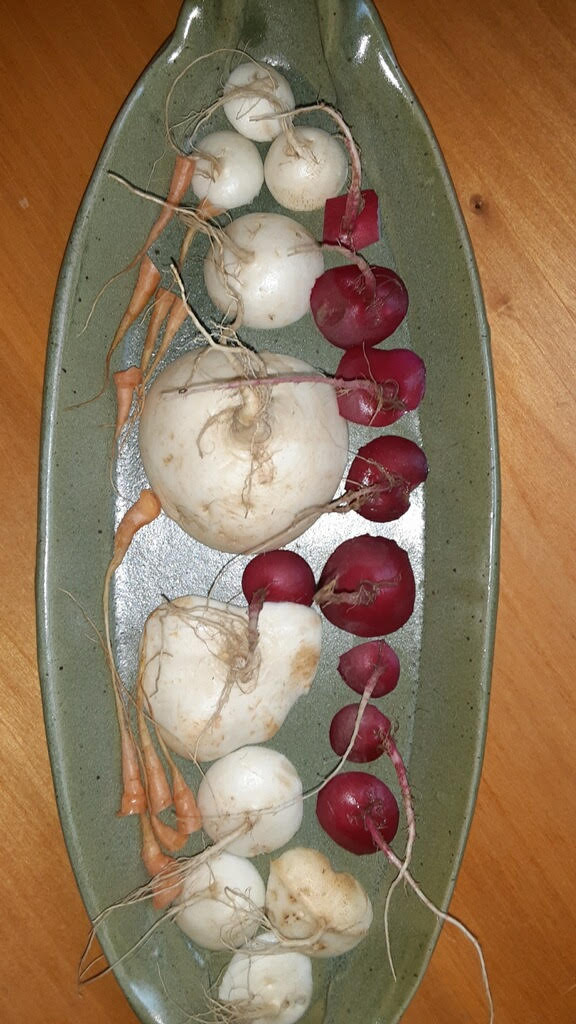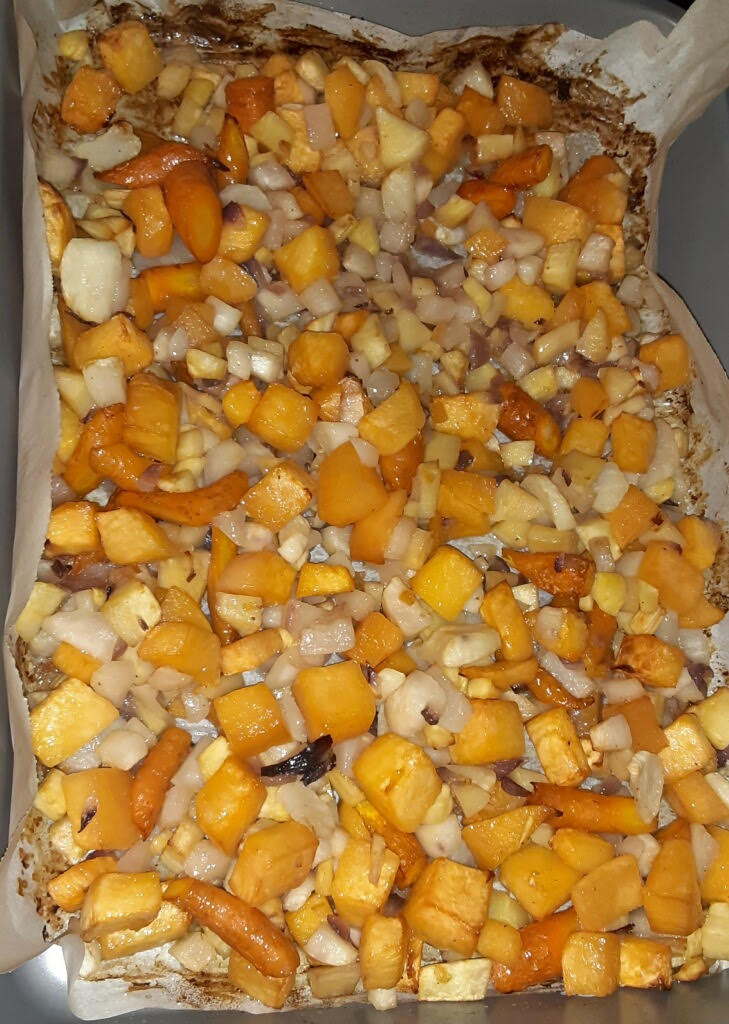By, Susan Sprout
For the past two years, the NPC blog has informed folks about an intriguing homework assignment given by Dr. Chris Martine, Professor of Plant Genetics and Research, to his students at Bucknell University. They are required to count and record the number of different plants and plant parts used to prepare their annual Thanksgiving feast. The results of this social media campaign are publicized using Twitter, Instagram, and Facebook. What a great idea! In a small and personal way, the students and other people taking part in this by creating food for each other, are made more aware of the number and variety of plants they depend upon to accomplish the task. Then, perhaps, every time they cook something and eat it, they will be mindful of the great treasure we have in plants of all kinds. One hopes that public interest plus the knowledge and awareness gained from such as exercise will help us be more careful guardians of the natural world around us – its unique ecosystems and biodiversity and the connectivity of everything and everyone. It must be looked after for life now and the generations to come.

We have to respect what marvelous survivors plants are to have overcome the challenges they met in order to thrive on dry land. Although the oldest fossil remains of land plants are 420 million years old, scientists have found evidence that pond scum first made landfall almost a 100 million years earlier. Think of the many adaptations plants have evolved over time just to be able to absorb water and minerals from dirt. We can’t do that. They have done it for us when we ingest them. They anchor themselves and stand upright, spread out sunlight collectors in order to make their food (and ours) and then store it for lean times. The fleshy, starch-filled roots developed by plants, did not go unnoticed by the early humans who began growing crops between 10,000 and 7,000 B.C. Some of their crops had roots like bulbs, or corms, or rhizomes or tubers or tap roots – many that could be stored for later use.

My learning curve was straight up when I began researching roots, in general. I have just recently added several that I consider edible to my past list of Thanksgiving worthy root vegetables – turnips, radishes, rutabagas, parsnips, and carrots. (OK, carrots were there before.) Botanists refer to these five plants as having “true” roots. What that means is their tap roots are somewhat straight, grow directly downward, have rather tapering shapes with thickened areas for carbohydrate storage. And they do store well when we keep them in cooler places at 32 to 40 degrees F. The turnips, radishes and rutabagas are all members of Brassicaceae or Cabbage Family. Some refer to it as the Mustard Family or Cruciferae for the cross-shaped petal arrangement of their flowers. Parsnips and carrots are members of a different family, Apiaceae or Parsley Family. Some of their close relatives are the herbs you may be using to season your food – parsley, cilantro, anise, dill, cumin, fennel, celery.

I must confess, as a child, I pretty much refused to eat any of the root veggies I am now preparing for Thanksgiving. Roasted together with onion slices (another type of root vegetable) and preserved lemons, they are quite delicious. The use of an acid, like lemon juice, will decompose geosmin molecules that give many root vegetables an earthy, musty smell. Give them a try and don’t forget to write “lemon” on your list of plants. I am now officially rooting for root veggies!

